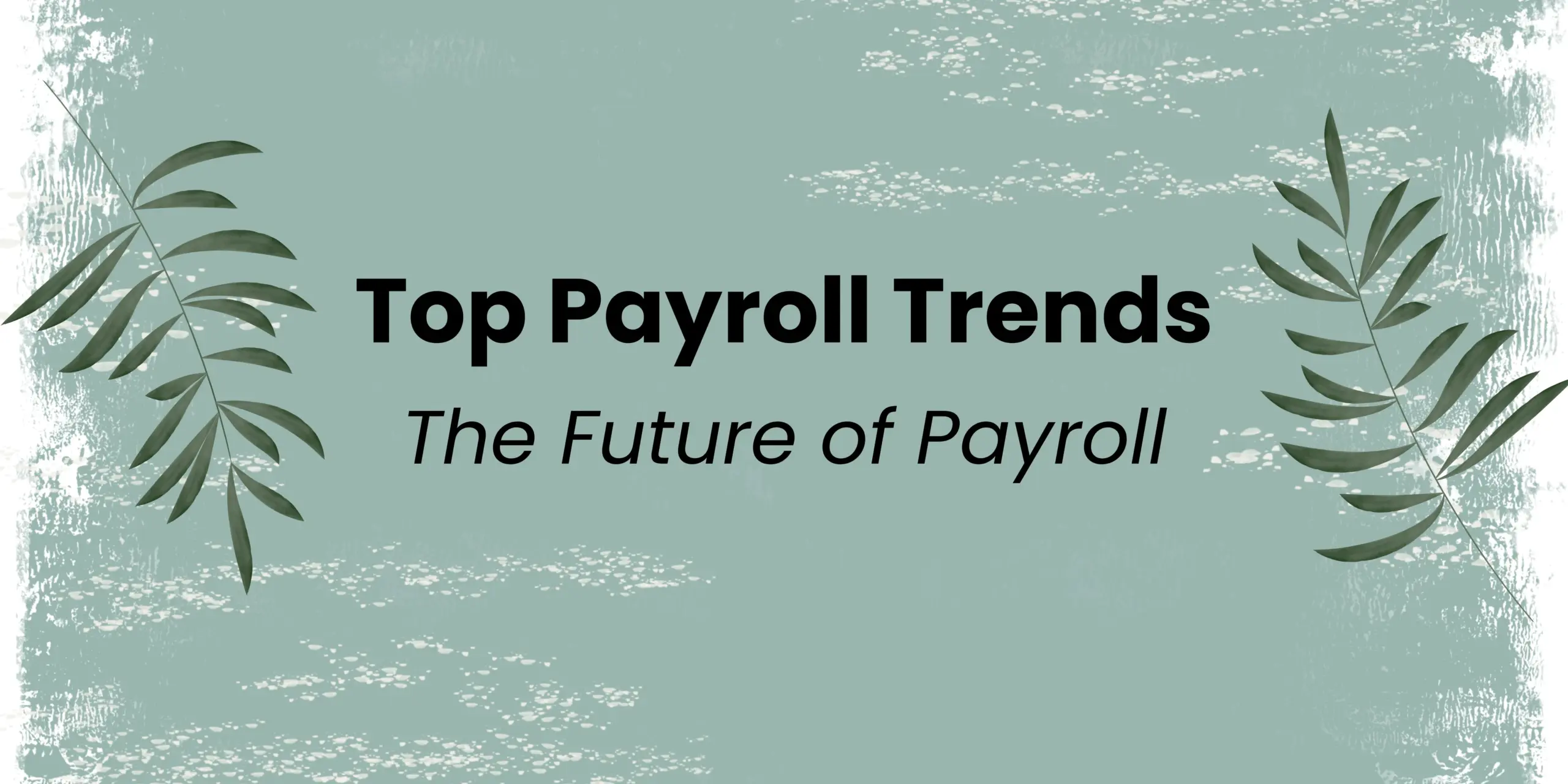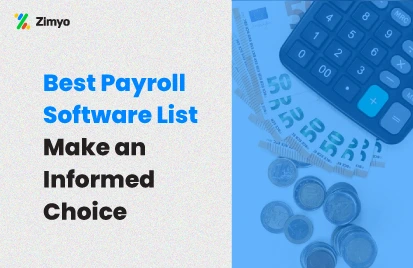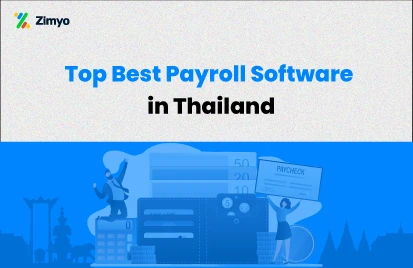Major Payroll Challenges
This pandemic has introduced many challenges for employers, but perhaps one of the most overlooked has been the demands on payroll teams.
With over 9.6 million jobs all over the UK furloughed under the coronavirus job retention scheme, making sure all these employees are paid justly and on time has been an enormous administrative undertaking in favor of 1.2 million employers associated or their payroll providers.
COVID-19 has sparked the most significant changes to United Kingdom’s payroll system in living memory in the shape of the COVID-19 Job Retention Scheme, whose rules continue to morph regularly. This pandemic crisis undoubtedly brought with it a multitude of payroll challenges. Whether that be from remote working, staff shortages and uncertainty for employees, or complex and new rules set out by the government, these challenges will have a massive impact on payroll going forward.
We finally said Goodbye to 2020; we can look toward a more positive 2021 with improved processes and a better understanding of the payroll function’s strategic importance.
Read below to take advice to help you overcome these UK payroll challenges.
1. Missed Payroll Deadlines Due to COVID-19
Though HMRC has not prolonged filing or payment deadlines, it has stated that it will consider the pandemic as a fair excuse for missing deadlines case by case. It will take the pressure off some companies. But you must still make the payment or return as soon as you can.
2. An Influx of New HMRC and Legislation Changes
Because of the Covid-19 outbreak, some of the legislation updates that HMRC had in the pipeline for 2020 were delayed. As life seems to go back as before the pandemic again and people become accustomed to new working ways, we are likely to face an influx of HMRC changes during the unprecedented last year. Below are the updates:
-
Coronavirus Job Retention Scheme
Coronavirus job retention scheme will now end on April 30th, 2021, with the government counting to fund 80% of furloughed employee’s earnings capped at 2,500 GBP per month. The scheme’s extension brings the withdrawal of guidance for both the job retention bonus and the job support scheme.
-
Gender Pay Gap Reporting
In 2020, the UK government suspended the enforcement of gender pay gap reporting for the 2019/20 tax year. Reporting has become an essential need once again; by April 5th, 2021, employers must report their 2020/21 gender pay gap information utilising data from April 5th, 2020.
-
Extra HMRC Charges
We may also witness an increase in extra, non-legislative changes over the next year. For instance, HMRC now has a high standard for using technology with a strong focus on digitalisation. They have stopped providing paper-based stores such as P45d and P60s, and employers must now give these reports online or print them directly onto plain paper.
-
National Living Wage
The national living wage will grow by 2.2% to 8.91 GBP per hour from April 2021, and the minimum age for qualification will be decreased from 25 to 23.
3. Payroll Year-End Processes
For the payroll year-end, employers have time till April 19th to complete the end-of-year submission, despite paying the employees for the last time in the tax year.
They must also update their employee payroll and software records from April 6th and report benefits and expenses to HMRC by July 6th.
Given the pressure they are likely to face in April, they should prepare for year-end process carefully as possible. Schedule time to concoct all their leavers, especially if there are more than usual.
The employers will need to give their employees P6OS by May 31st.
Send final FPS (full payment submission), EPS (employer payment summary) – if needed – and P6OS on time.
If they are thinking to automate these procedures beforehand – for instance, with cloud payroll solutions or investments apps – they should consider doing that now as that will save their precious time by boosting efficiency and speed.
4. IR35
Changes to the off-payroll legislation IR35, which was due to be administered in April 2020, have been extended till April 6th, 2021. HR should identify any self-employed consultants in their workforce who provide their services through a limited industry (personal service company). They should use the online government tools to ascertain whether there will be an obligation to decrease income tax and national insurance contributions at source when paying the contractor. HR will also need to clarify all consultants’ contracts, whether they are outside or inside IR35. The changes will only cause an impact on medium to large firms.
5. Furlough Staff Challenges
JRS has required them to study a whole new set of calculations essential to apply for its grants.
They will need to guarantee that you have the accurate details for staff who have been or are currently furloughed.
The pressure comes from the timeframes fixed by HMRC in making claims (generally two weeks after the end of every month) and the constant changes guidance.
HMRC puts a high emphasis on compliance, meaning the onus for ensuring the accuracy of furlough calculation claims sits with the employers, creating more burden than ever.
They must also observe closely for more changes as Job Retention Scheme grants may continue even after April, change again, or some other support may become accessible.
6. Tax Digital Reporting
Andrew Cowling, the partner at Wylie and Bisset Chartered Accountants, highlighted that HMRC has continued its making tax digital plan and formed a portal so JRS claims can be made promptly online,
He said,
“I expect any new financial support schemes will follow this pattern and further embed data and report collection into an automated MTD system. HMRC has confirmed this works, so may look for further data collection or reporting from employers. The most efficient way for payroll teams to keep up with the increase in digitalisation is to utilise cloud payroll software, and a completely paperless system.”
Other benefits of cloud software are continuous backup and regular updates for security and other enhancements. A paperless system allows employees to view P60S and payslips from any internet browser whenever they want to. Many applications allow for paperless systems such as payment processing, workflow management, timesheet recording, job control, and expenses. In most cases, you can export and import the data from one package to another, making the switchover straightforward.
UK Payroll Trends in 2023
Traditional methods of payroll management include the need to handle lots of paperwork and are no longer sufficient. Data can get scattered across your organisation, and payroll management can be a confusing and labour-intensive procedure.
Previous payroll systems leave Finance experts and HR with various manual processes in filing taxes, reporting job costs, and processing payroll. Moreover, complying with rules and regulations such as HMRC, and ensuring accuracy while dealing with adjustments, means ever-changing processes. The good news is your company can benefit by connecting Payroll to your ERP solution. It makes Payroll easy by mixing your finances and employee data in a single solution.
Below are the lists of payroll trends that will help you survive in this digital world:
-
Automate Complex Legislation and Compliance
Technology and the evolving economy can be a massive plus to employers since it allows you to leverage and find the brightest and best talent worldwide.
-
Increase Use of Cloud Technology
Working remotely and working from home becomes the new normal, cloud-based Payroll is useful for HR and finance departments to manage Payroll remotely. Cloud-based Payroll enables you to access data from anywhere and on any device of your desire. Additionally, functionalities in cloud-based software like managers and employee self-service encourage your staff to access their payroll information in real-time, including their pending leave balance and pension.
-
Integration With HR Technology
HR and Payroll must work in synchronisation; by integrating payroll solutions to your human resources system, you can enhance efficiency in managing employee data and unlock the full “hire to retire” cycle of the employees efficiently.
There are numerous benefits linked with integrating HR and Payroll software. You can create benefits plans, set up new employees and review models, manage performance and appraisals. An HR integrated payroll solution will also allow your staff members and managers to access all critical information from a single dashboard, making data sharing across members a “breeze.”
When you have all your data and details within a single solution, you can pool together correct data to create actionable insights. With the help of payroll and HR system integration, you can create personalised reports that contain details and information about your employees and make better strategic decisions.
-
Increased Demand From the Gig Economy
Technology has allowed people to work from where they want, which has given rise to most freelancers. The transition from full-time employment to a mixture of third-party and gig workers has resulted in a dynamic workforce.
-
Recognizing the Strategic Value in Payroll
Another trend to look for in 2023 is the major transition in the payroll company and the improved understanding of Payroll’s essence. Many firms will now see the strategic value that Payroll holds, whereas this was not recognized before the corona outbreak.
Payroll experts were authorized as key workers almost overnight, and it was at that moment that information gaps within payroll teams came to light. Also, organizations with small staff or employees working across multiple roles – such as HR admins who deal with the payroll procedure; as a result, many employers increase the number of payroll qualifications and training they provide to teams.
Additionally, to upskill further employees and distribute mandatory compliance training to improve business continuity in the future.
On the other hand, we are most likely to see many companies look to external payroll providers for either constant support through a managed payroll service or to take up emergency payroll support.
Here’s what can be expected.
Although 2020 has left us, it is clear as a day that the impact of COVID-19 will continue to affect payroll trends throughout 2021 and after that. Payroll takes a global pandemic to gain the understanding and attention that it truly deserves. This shift in attitude will increase support through improved payroll technology, employee development, and learning or partnering with a managed payroll driver.
As you continue to concoct JRS claims and work on your year-end requirements, you may require working long hours or days to meet deadlines as the end of the tax year approaches.
Good planning and the right technology will drastically reduce the burden and help you move into the next payroll year with a smile.
Looking for a Payroll Software? We can help!
Schedule a Call With Us Today.
FAQs (Frequently Asked Questions)
Major challenges faced while running a payroll are- currency issue, compliances with rules, data protection and security.
Staying compliant with government regulations is a major challenge of payroll.
In the UK, payroll runs on the 6th to the 5th of the following month. Employers must calculate tax, National Insurance contributions, and other deductions, issue employees with pay slips
Multi currency Payroll such as Zimyo are used in UK to stay compliant with government regulations.
Also Read






